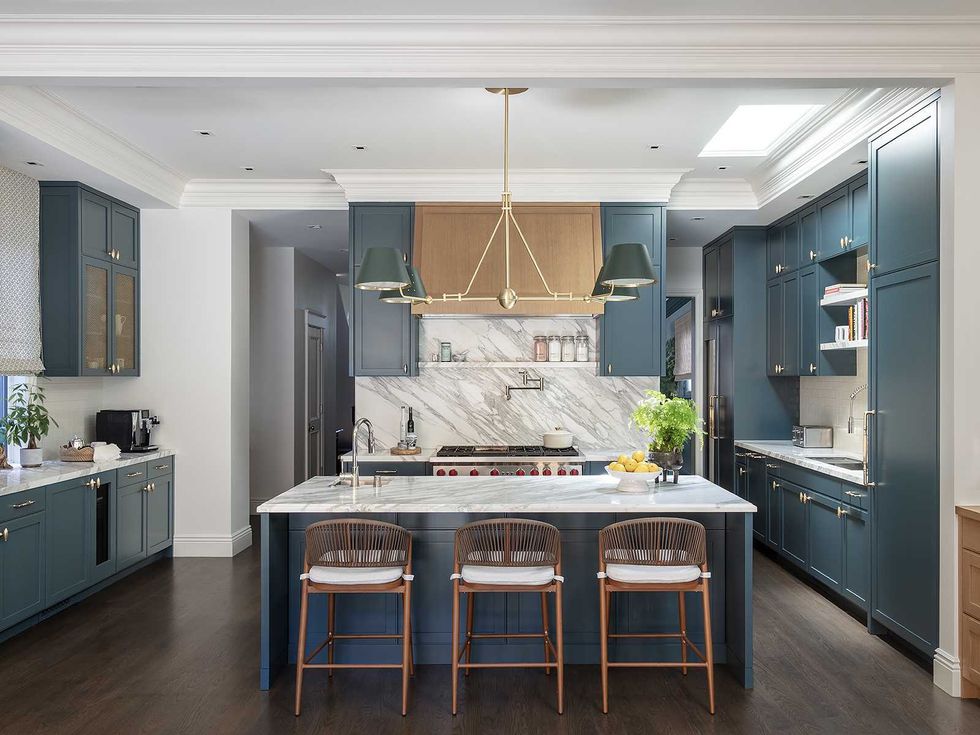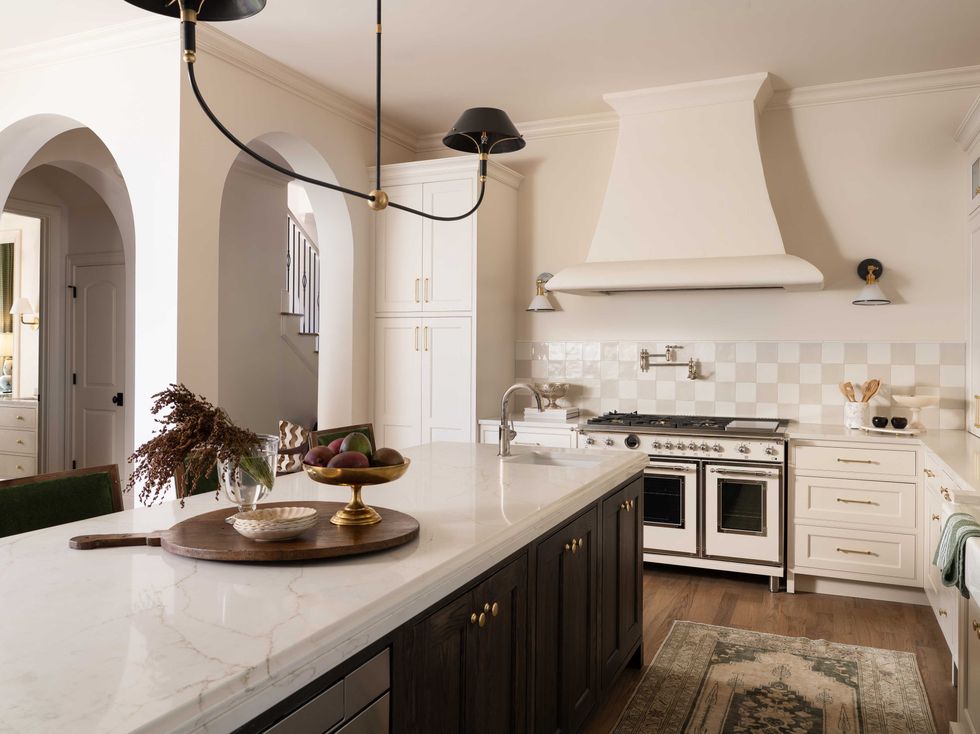Austin Home Tour
Creative Austin couple mixes old and new in Clarksville home

Any architect will tell you that the key to a successful building is a good client. Of course, what exactly a “good client” is can vary greatly. For architect Hugh Randolph’s renovation of a 1935 house in the Clarksville neighborhood of Austin, good clients were a creative couple who were passionate about the history of their house as they and their daughters became its newest residents.
Going so far as to document their research in a blog, Ryan and Kim Battle worked with Randolph to find inspiration in the house’s history. The result is a traditional house with modern touches that are sometimes subtle and sometimes overt, ultimately making something new and personal.
The decision to buy and remodel the house started with Randolph’s taking a shortcut in his car one day along Palma Plaza and seeing the house for sale. He thought of Ryan and Kim Battle, who were living in one of his modern commissions at the time but wanted something smaller and more sustainable. Six months after the discovery, the Battles bought the property and hired Randolph to help them transform it.
Looking at the symmetrical, southwest-facing front, it’s hard to see any dramatic changes, outside of the three modern dormers that replaced an existing pair and the standing-seam metal roof. The dining room is to the left of the entrance, and the master bedroom is to the right.
One of the most dramatic transformations to the house is basically invisible from outside. To make more space on the second floor for the girls’ bedrooms, a new roof was installed 4 feet higher than the old one. This change can be grasped in the sliver of wall above the roof of the front porch, but the execution is in keeping with the original to such a degree that the change is seamless.
The family discovered that the house sits on a corner lot that had been the driveway to the 500-acre estate of former Texas Governor Elisha M. Pease. The house was designed in 1935 by Hilda Urbantke for her younger sister. Urbantke attended architecture school at the University of Texas in Austin, and in addition to designing houses, she was a pro-level golfer.
Randolph, an architect comfortable in designing in various styles, initially proposed a porch for the house’s other street facade, facing southeast. It would have been similar to the front porch you see but less formal in its composition. Regardless, Kim Battle told him, “The front porch is all of the history, all of the tradition, I can handle,” setting the course for the rest of the house’s transformation.
Discover More Ideas for Your Future Porch Plans
While the house’s exterior is a fairly faithful reworking of the original with a few additions (the extension on the first floor and two pop-ups for the second-floor bedrooms), the interior is an almost wholly new creation that nevertheless layers old and new. The former is anchored by the brick chimney, and the latter is predominantly drywall and reclaimed wood. Stepping inside from the porch on axis with the fireplace, you see the way old and new wrap around each other.
The wood walls are made from reused shiplap siding; they are the clearest expression inside of what the architect calls the house’s fiction. As he explains in a video about the house, “A lot of what is newly built looks old”; the house is a mix of the existing, the old reimagined and the new. In other words, it is not a simple dichotomy between old and new, a refreshingly realistic take on renovation.
“We didn’t want the home to be pure in its vocabulary,” Randolph says, “but rather to be a collection of smaller episodes that form a greater whole.” This comes across in everything from the dormers to the materials and the furnishings.
The kitchen looks out to the side yard and the garage. The covered walkway shelters the family as they walk from car to house and provides some shade for the large corner kitchen window. Carrara marble is found atop the kitchen island, while soapstone was used for the other countertops. The wall behind the stove attracts the most attention. It is covered with wallpaper set behind a sheet of glass.
Marble, Soapstone and More - Which Countertop Material Should You Go For?
The kitchen opens to the dining room on one side, but instead of having a flat ceiling, the space opens to the wood roof. The furniture works with the symmetrical space, whose three windows (two hung windows and one fixed one up high) look to the front of the house.
Kim’s interior design sensibilities are clearly eclectic; different-style chairs surround the old table, below a chandelier that helps to lower the scale of the tall space. Her choices work well with the old-new gradient of the interior architecture.
The master bathroom is graced with the clerestory on the southeast side of the house. The white subway tile and reclaimed wood are other old counterpoints to the modern, floating vanity topped with Carrara marble.





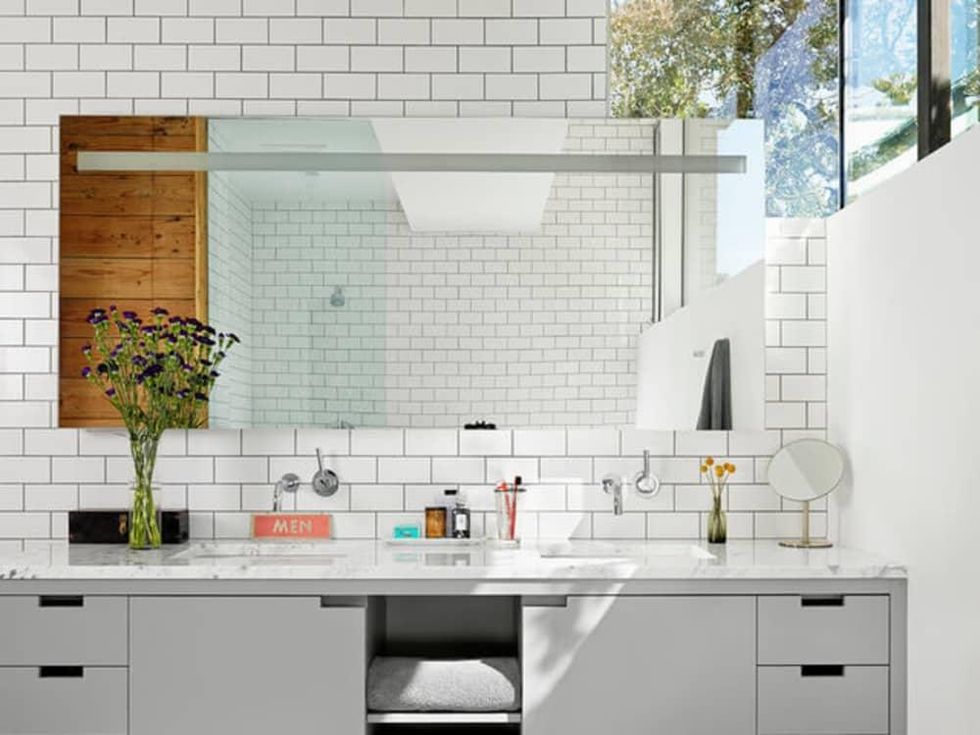
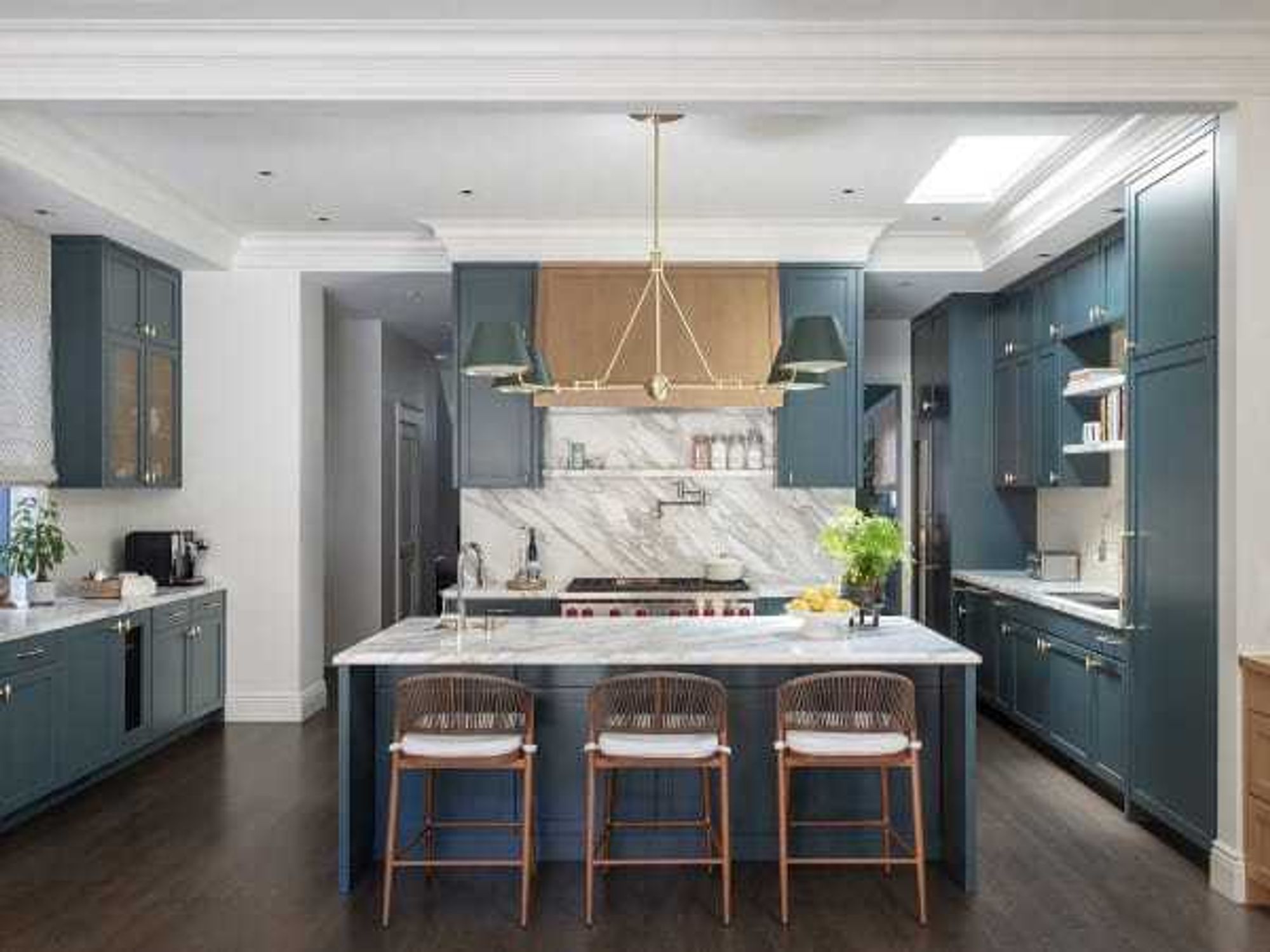
 Flat-panel cabinetry provides a seamless look that is also practical for being easy to clean.Photo by JM Real Estate Photography / Celaya | Soloway Interiors
Flat-panel cabinetry provides a seamless look that is also practical for being easy to clean.Photo by JM Real Estate Photography / Celaya | Soloway Interiors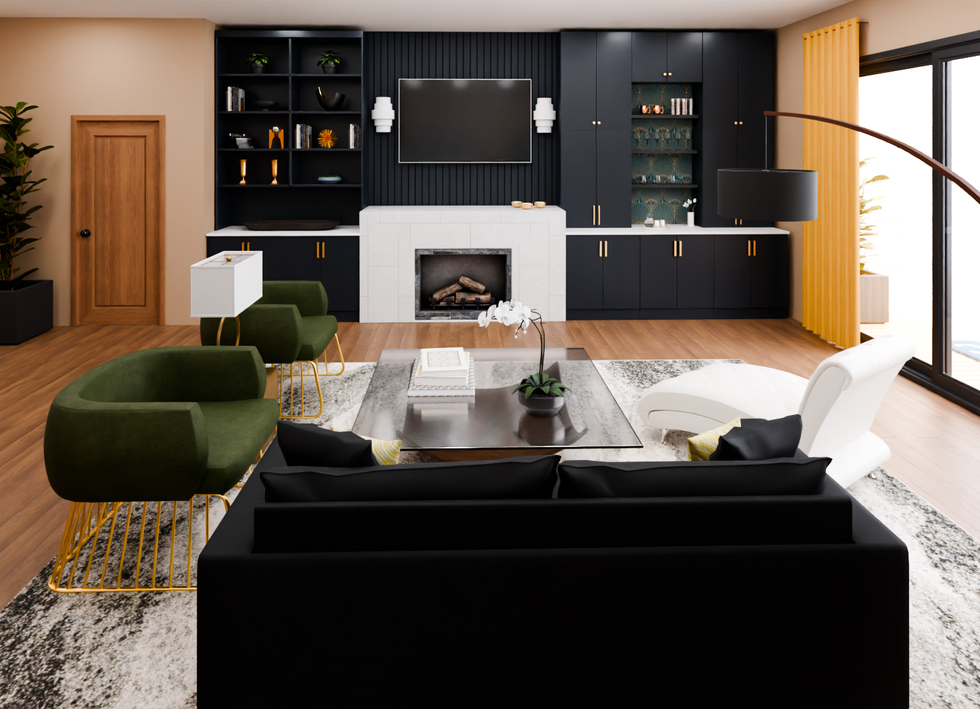 This built-in wall combines a bar with the fireplace, TV, decorative shelving, and closed storage spaces.Rendering courtesy of Houzz
This built-in wall combines a bar with the fireplace, TV, decorative shelving, and closed storage spaces.Rendering courtesy of Houzz